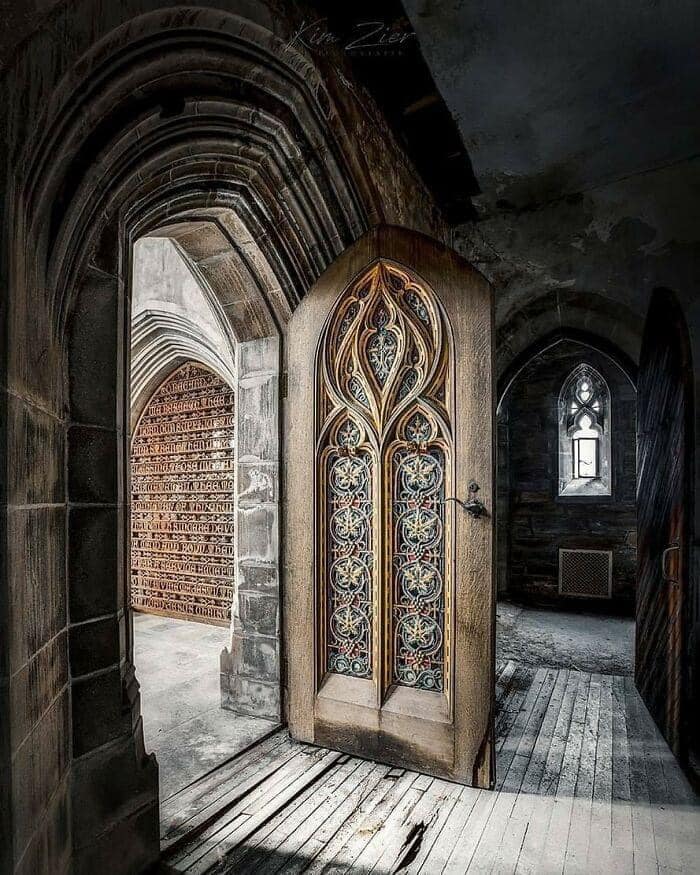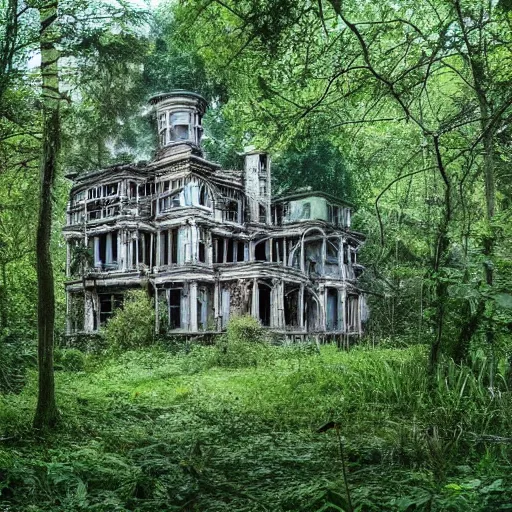Charles Dickens’ Abandoned Homes and the Mystery of Victorian Wealth

Charles Dickens, famous for his vivid characters and unforgettable settings, frequently wove stories around abandoned homes that reflect the Victorian era’s immense wealth disparity. These homes weren’t merely structural backdrops; they symbolized a decaying aristocracy and the gap between the rich and the poor. Dickens, who grew up in poverty, had a keen eye for detail that brought these abandoned estates to life, making them almost characters in their own right.
Abandoned Homes as a Reflection of Victorian Society
Victorian London was a city of stark contrasts. Massive mansions and grand estates loomed over the streets, while narrow alleyways and tenements bore witness to a growing population in poverty. Abandoned homes in Dickens’ stories represent the vestiges of a wealth-obsessed society. Buildings like Satis House in Great Expectations portray characters consumed by wealth and status, yet deteriorating within their once-wealthy walls. These abandoned spaces mirrored society’s rejection of human welfare over financial power.
Satis House and Miss Havisham’s Tragic Mansion
Satis House is one of Dickens’ most memorable settings. It stands as a decaying mansion, forever frozen in time after Miss Havisham was left at the altar. Filled with lavish decorations covered in dust and cobwebs, Satis House encapsulates Miss Havisham’s wealth, bitterness, and eventual madness. The decay of this abandoned home reflects her emotional ruin, offering readers a tangible view of Victorian excess gone awry.
The house’s name, “Satis,” suggests contentment and satisfaction, which adds irony to the story. The abandoned home, locked in a time of opulence yet forsaken, tells a powerful tale of loss and the dangers of wealth, underscoring Dickens’ critique of Victorian society. This mansion also symbolizes the abandoned dreams and unrealized futures of those stuck in social limitations.

Bleak House and the Abandonment of Legal Justice
Another symbolic home is Chesney Wold in Bleak House, a mansion that represents the stagnation of the British legal system and the neglect of those in need. As Dickens draws readers into its gloomy halls, he portrays the deteriorating wealth of the Dedlock family, who are bound to traditions but detached from the present. Chesney Wold feels cold and uninviting, embodying the sense of justice abandoned by a system consumed by bureaucracy.

The intricate descriptions Dickens uses for abandoned homes emphasize his message on the failures of Victorian-era wealth and justice. In Bleak House, abandoned homes like Chesney Wold are metaphors for society’s forgotten responsibilities. They serve as reminders of the gap between the wealthy and the underprivileged, where the latter are left to fend for themselves in a broken system.
The Haunted Aura of Dickens’ Victorian Abandonment

Dickens’ abandoned homes hold a haunted quality, a reminder of dreams and prosperity left unfulfilled. The Victorian mansions he portrayed were often symbols of decay, rotting from within even as they displayed outward grandeur. This haunting is reflected not only in the homes’ physical descriptions but in the fates of their inhabitants, who seem doomed by the greed or pride of those who came before them.